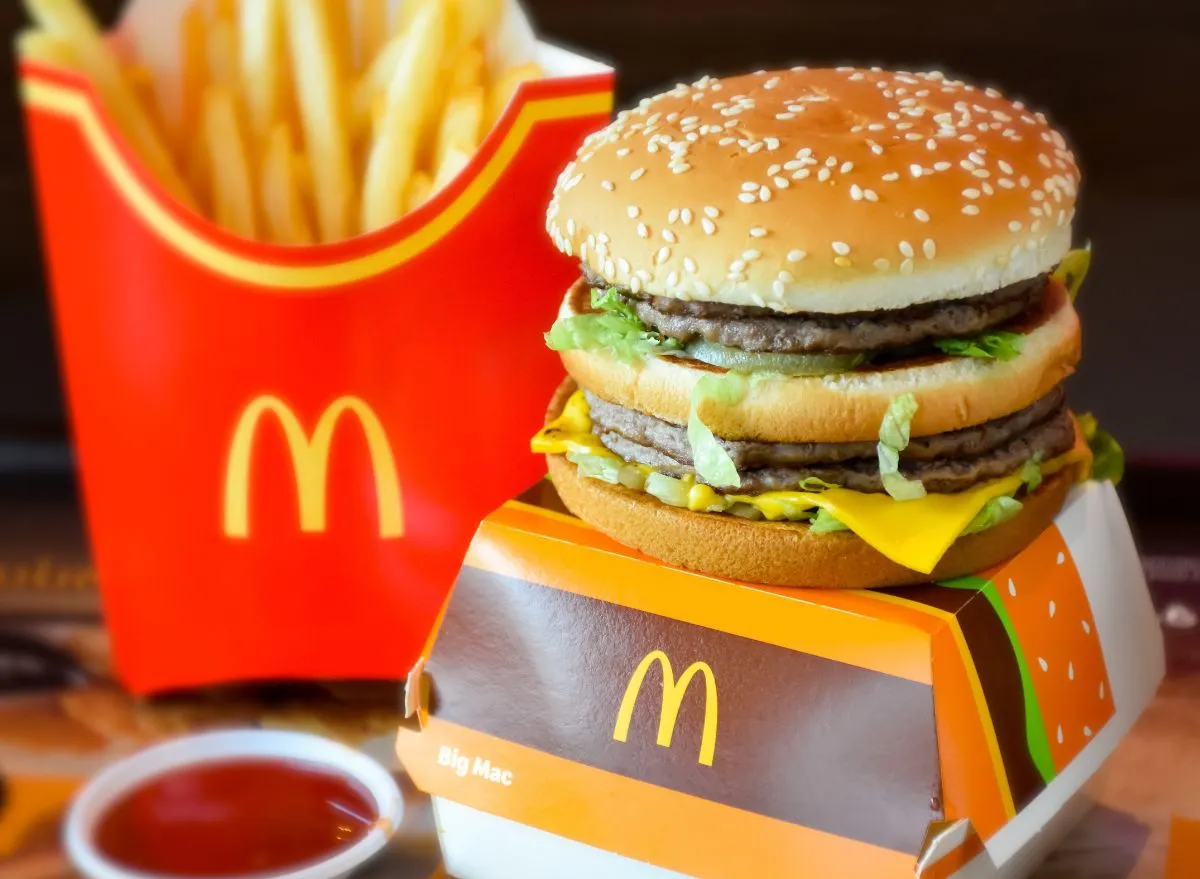
Type 2 diabetes is a chronic condition whereby the body cannot produce enough insulin or the insulin it does produce is not taken up by the cells. Insulin is a hormone that regulates blood sugar – the main type of sugar you get from eating food. Poor insulin production therefore causes blood sugar levels to rise uncontrollably. The subsequent damage inflicted by high blood sugar levels doubles up as the symptoms of type 2 diabetes.
It is vital that you watch your carbohydrate intake because carbs are broken down into glucose (blood sugar) relatively quickly and therefore have a pronounced impact on blood sugar levels.
The glycaemic index (GI) can help you to distinguish friendly carbs from the more nefarious types.
The GI is a rating system for foods containing carbohydrates – it shows how quickly each food affects your blood sugar (glucose) level when that food is eaten on its own.
Carbohydrate foods that are broken down quickly by your body and cause a rapid increase in blood glucose have a high GI rating.
READ RELATED: Scar-free operation could banish acid reflux for good
Research has shown the amount of carbohydrate you eat, rather than its GI rating, has the biggest influence on blood glucose levels after meals.
The other crucial component to managing blood sugar levels is regular exercise.
According to the NHS, you should aim for 2.5 hours of activity a week to keep blood sugar levels in check.
“You can be active anywhere as long as what you’re doing gets you out of breath,” adds the health body.
Source: Daily Express









